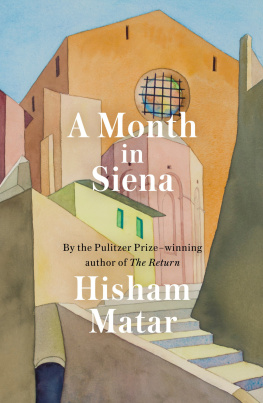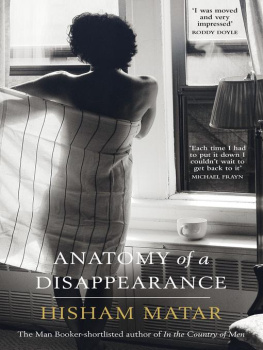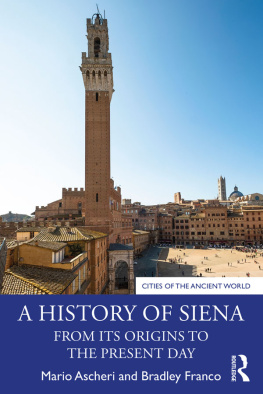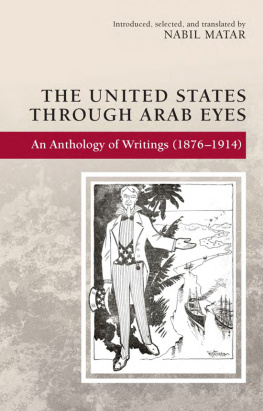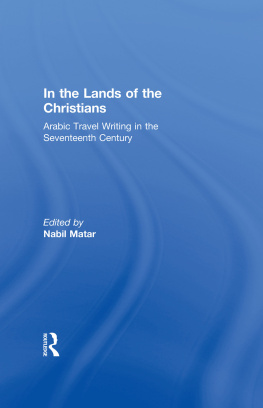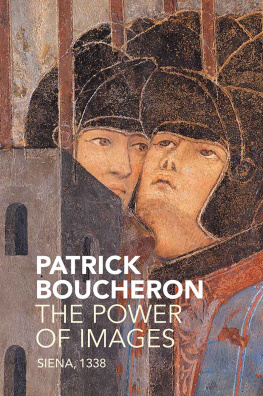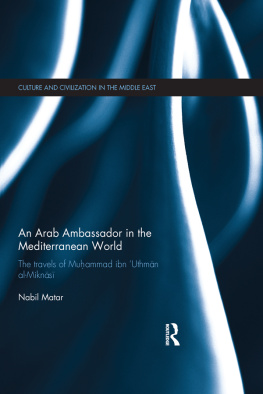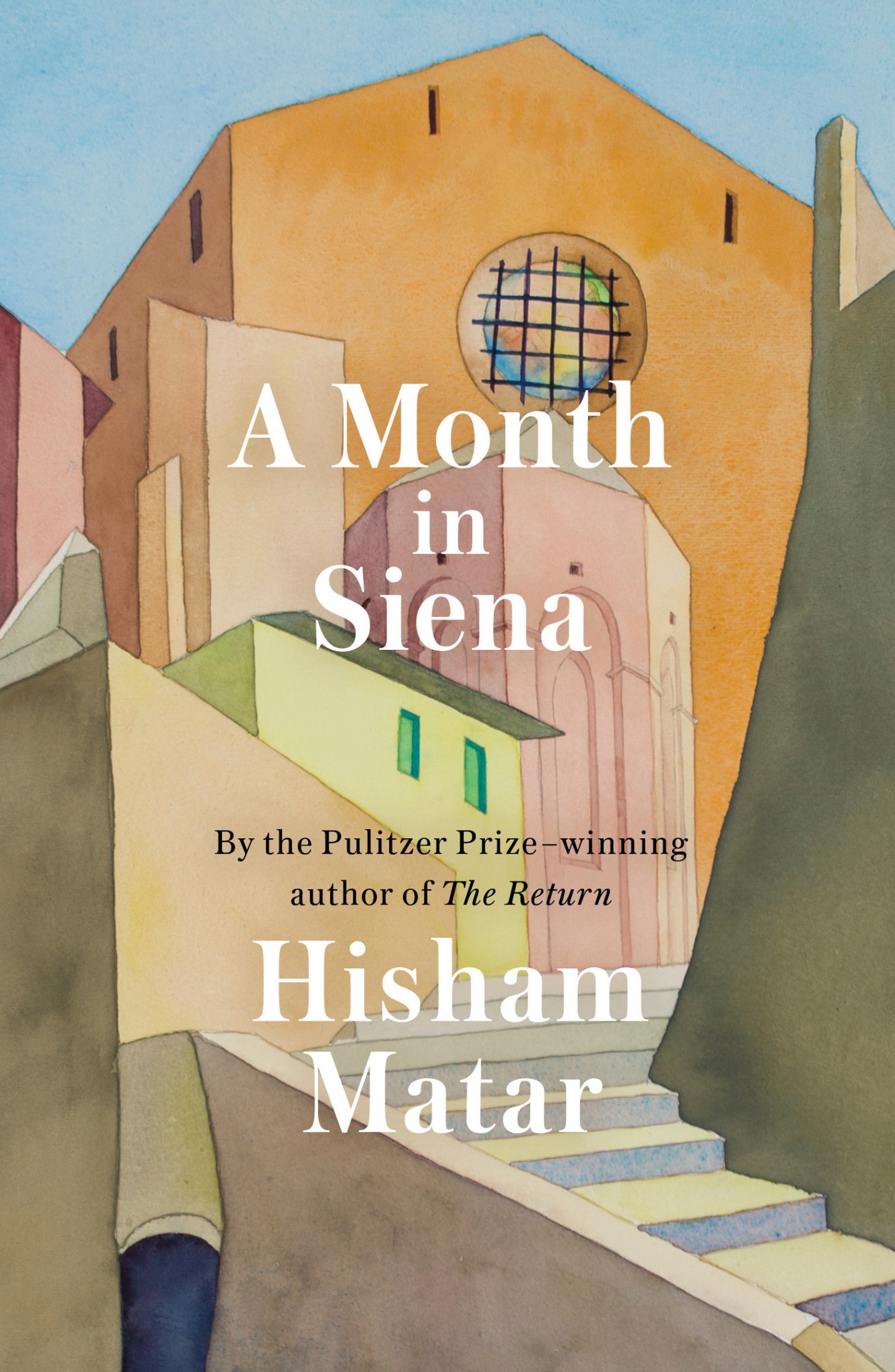A Month in Siena is a work of nonfiction. Some names and identifying details have been changed.
Copyright 2019 by Hisham Matar
All rights reserved.
Published in the United States by Random House, an imprint and division of Penguin Random House LLC, New York.
R ANDOM H OUSE and the H OUSE colophon are registered trademarks of Penguin Random House LLC.
Published in the United Kingdom by Viking, an imprint of Penguin Random House UK, London.
LIBRARY OF CONGRESS CATALOGING-IN-PUBLICATION DATA
Names: Matar, Hisham, author.
Title: A month in Siena / Hisham Matar.
Description: First edition. | New York: Random House, [2019]
Identifiers: LCCN 2019026219 (print) | LCCN 2019026220 (ebook) | ISBN 9780593129135 (hardcover) | ISBN 9780593129142 (ebook)
Subjects: LCSH: Matar, Hisham | Authors, AmericanBiography. | Matar, Hisham, TravelItalySiena. | ArtPsychology. | Painting, ItalianItalySiena.
Classification: LCC PR6113.A87 Z46 2019 (print) | LCC PR6113.A87 (ebook) | DDC 823/.92dc23
LC record available at https://lccn.loc.gov/2019026219
LC ebook record available at https://lccn.loc.gov/2019026220
Ebook ISBN9780593129142
randomhousebooks.com
Design by Andrea Lau, adapted for ebook
Cover design: Emily Mahon
Cover art: Clarence Holbrook Carter, Siena Steps (courtesy of WOLFS Gallery and the Estate of Clarence Holbrook Carter)
v5.4
ep
Contents
DUCCIOS DOOR
After more than three decades of being away I went back to Libya, the place where I grew up, the country of my origin, the setting-off place from where I had traveled, going further and further away. Returning changed how the past and future seemed. I felt compelled to write about it. Three years later I completed the book and emerged from that long period of concentrated work blinking into the light. It was then that I decided to go to Siena. I have for a long time been interested in Sienese art. But, now that I was finally going, my mind began to devise ways of delaying my arrival. It was as though the long years of anticipation had created a reticence. And so I complicated how I was to get there. As Siena does not have an airport, I considered flying to Florence and walking the 80 kilometers or so across the Chianti hills. I convinced myself of this on the grounds that I liked the idea of small steps covering a long distance and of finally entering the city on foot. But, a week before I was due to depart, I had, in an embarrassingly undramatic accidentin fact, by simply turning directiontwisted my knee. The pain was tremendous. When I asked the doctor how I could cause such damage by doing so little, he looked at me and said, It happens. He then told me that I should definitely not undertake any long-distance walks. I regretted booking the flat in Siena. I had found it after only fifteen minutes of searching online and had already paid the deposit.
My knee had not fully recovered, but I made up my mind nonetheless to fly on the planned date. My wife, Diana, decided to join me for a couple of days. She was, in effect, delivering me there. She seemed to know better than I did my need for this trip. The only tickets we could find were on Swissair. I was born in 1970 and, even though we lived in Tripoli, most of the travel my parents did throughout my childhood was on that airline. I still associate it with adventure and reliability. But on our second leg, flying from Zurich to Florence, and just as we were crossing over the snow-capped Alps, with their dramatic ravines gashed deeper where the narrow streams of melted snow ran black, the airplane suddenly turned full circle and began traveling in the opposite direction. A few minutes later the captain spoke. He said that due to a mechanical fault we had to return to Zurich. No further explanation was offered. I calculated that it would have taken us forty minutes to reach Florence and now it would take about half an hour to return to Zurich. What could have possibly gone wrong for the plane to be judged unfit to fly that extra ten minutes? Diana held my hand. I made some joke about how nice it would be to spend a few days in the Alps. She smiled cautiously and remained quiet. The plane was full and when it suddenly shook a little, some passengers could not help but let out a shallow murmur of panic. I heard a woman cry. Otherwise, everyone remained still and silent. I remember thinking I did not mind dyingthat it would have to come at some pointbut that I was not quite ready yet, that dying now would be a waste, given how much time I had spent learning how to live.
When the plane landed in Zurich, several of the passengers clapped. Diana and I had a tasteless lunch in the airport. The following flight did not get us into Florence till night. We went into town and had a drink and a bite to eat. We managed to make the last bus to Siena. We laughed about the saga, about how it had taken us as long to get from London to Florence as it would take to fly to India. The bus moved in the dark. It began to rain, and the rain turned monstrously beautiful, lashing the windows. In one of the curves the driver swerved violently and parked by the wayside, where he had spotted another bus that had broken down. The driver of the bus stood by the side of the road waving a torch toward us. Behind him men, women and children clustered under their umbrellas, their suitcases beside them. The drivers exchanged some words and some of the passengers from the broken-down bus began to climb on to our bus. As there were hardly any free seats left, they filled the aisle. Their clothes smelled musty and sweet from the rain. Several of us gave up our seats to the elderly. Then a loud argument ensued between the drivers: our bus could not hold any more passengers, and the driver of the other bus should have been more careful. When we resumed our journey, I saw that the front of the broken-down bus had completely plugged itself into the thick steel barrier that stood between the road and the drop. With every turn, we, the standing passengers, swayed back and forth as if performing a mournful dance routine.
At this point the whole trip seemed a terribly bad idea. Why had I been so determined to come? In 1990, when I was nineteen and still at university in London, I had become mysteriously fascinated by the Sienese School of painting, which covered the thirteenth, fourteenth and fifteenth centuries. I had lost my father that year. He had been living in exile in Cairo, and one afternoon he was kidnapped, bundled into an unmarked airplane and flown back to Libya. He was imprisoned and gradually, like salt dissolving in water, was made to vanish. It was shortly after this that, for reasons that still remain unclear to me now, I began to visit the National Gallery in London every day during my lunch break and would stand in front of one painting for most of the hour. Every week I would choose a different picture. Today, more than a quarter of a century later, having failed to find any trace of my father, I continue to look at paintings in this way, one at a time. I have found much profit in it. A picture changes as you look at it and changes in ways that are unexpected. I have discovered that a painting requires time. Now it takes me several months and more often than not a year before I can move on. During that period the picture becomes a mental as well as a physical location in my life.
I was in the early stages of this habit when I encountered the Sienese paintings. At first I did not know how to approach them. They seemed, in their often symmetrical structure and direct gaze, to be an affront, a confrontation. They were foreign in ways that the other pictures I was interested in thenpaintings by artists such as Velzquez, Manet, Titian, Czanne and Canalettowere not. These pictures from the Sienese School seemed instead to belong to a cloistered world of Christian codes and symbolism. I cannot say that they gave me pleasure. Yet I kept, almost against my own intentions, returning to them. I would often look quickly and pass. They left me feeling unprepared and in need of translation. They stood alone, neither Byzantine nor of the Renaissance, an anomaly between chapters, like the orchestra tuning its strings in the interval.

